Discovering Sri Lanka: Journey with Gavik!
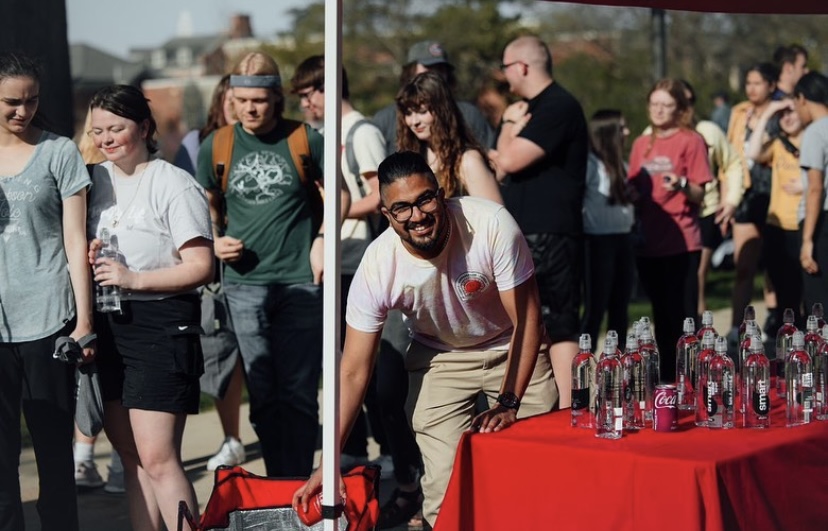
Welcome back, fellow adventurers! Join us on an exciting journey as we traverse the vibrant landscapes of Sri Lanka. Guided by none other than the brand ambassador of the Coca-Cola Company, Gavik. In this article, we’ll delve into the enchanting realms of Sri Lanka. Immersing ourselves in its breathtaking locations, delectable cuisine, and the rich tapestry of traditional costumes.
Meet Gavik!

🇱🇰 ආයුබෝවන්!
මගේ නම ගවික් කුරුප්පු සහ මම ශ්රී ලංකාවේ උපත ලැබීමි. මම, වර්තමානයේ උතුරු අයෝවා විශ්ව විද්යාලය (University of Northern Iowa) තාක්ෂණ කළමනාකරණය පිළිබඳ ඉගෙනුම ලබන ජාත්යන්තර ශිෂ්යයෙක්මි. මම ව්යවහාරික ඉංජිනේරු දෙපාර්තමේන්තු සහකාර ලෙස සේවය කරන අතර මම වත්මන් කොකා කෝලා කැම්පස් තානාපති වෙමි. උතුරු අයෝවා විශ්ව විද්යාලය (University of Northern Iowa) මට මගේ වෘත්තීය ජීවිතයේ අවශ්ය කුමන ක්ෂේත්රයද යන්න නිවැරදිව හඳුනා ගැනීමට උපකාර කළේය. මම මෙහි ගත කළ කාලය පුරාම, ව්යාපාර පරිපාලනය, ප්රසංග රඟහල මෙන්ම ඉහත සඳහන් කළ මගේ වර්තමාන විෂයන් ද ඉගෙනීමට ඉඩ දී ඇත. මෙය සඳහන් කිරීමට හේතුව නම්, මෙම ක්රියාවලියේදී මා කිරීමට බලාපොරොත්තු වූ දේ සැබවින්ම හඳුනා ගැනීම සඳහා විශ්ව විද්යාලය මාව නිවැරදි දිශාවට යොමු කළ ආකාරය සහ සහය වූ ආකාරය ඔබට කියා දීමටයි. මම සැමවිටම කැම්පස්හි සහ වෙනත් සංවිධානවල ක්රියාකාරී සාමාජිකයෙකි. මීට අමතරව, මම කැම්පස් හි ජාත්යන්තර ශිෂ්ය ප්රවර්ධක සංවිධානයේ (International Student Promoters Club) සාමාජිකයෙක්ව සිටින අතර මම ආසියානු ශිෂ්ය සංගමයේ (Asian Student Union) විදේශ සබඳතා උප සභාපති ලෙස සේවය කරමි. මෙසේ ක්රියාකාරී සාමාජිකයෙක් වීමෙන් හොඳ ජාලයක් මා නිර්මාණය කරගෙන ඇත.
උතුරු අයෝවා විශ්ව විද්යාලය (University of Northern Iowa) විසින් පිරිනමනු ලබන උපකාර සහ සම්පත් සමඟ මගේ අධ්යාපනය සහ වෘත්තිය වර්ධනය කර ගැනීමට මම බලාපොරොත්තු වෙමි.🇺🇸 Hey everyone!
My name is Gavik Kuruppu, and I am an international student from Sri Lanka and a sophomore at the University of Northern Iowa, double majoring in Technology Management, and Graphic Technology. So, a little more about me is, I work as an Applied Engineering Department Assistant as well as the Coca Cola Campus Ambassador. The University of Northern Iowa helped me identify exactly what field of work I would want to be a part of in my professional career. Throughout my time here, I’ve majored in Business Administration, Performance Theater, as well as my current major is stated above. The reason I mention this is to support my previous point of how the university guided me in the right direction in order to really identify what I hoped to do in the future. I’ve always been an active member in the international community, as well as other organizations on campus during my time here at UNI. Additionally, I am a part of the International Student Promoters Organization on campus, and I serve as the Vice President of External Relations for the Asian Student Union. These examples points are simply a few of many that I have helped me create and have a good network around the community as well as succeed as a UNI panther. I hope to keep growing myself and my career with the help and resources that the University of Northern Iowa has to offer during the rest of my time here.
Gavik Kuruppu – Undergraduate Student
Where is Sri Lanka?
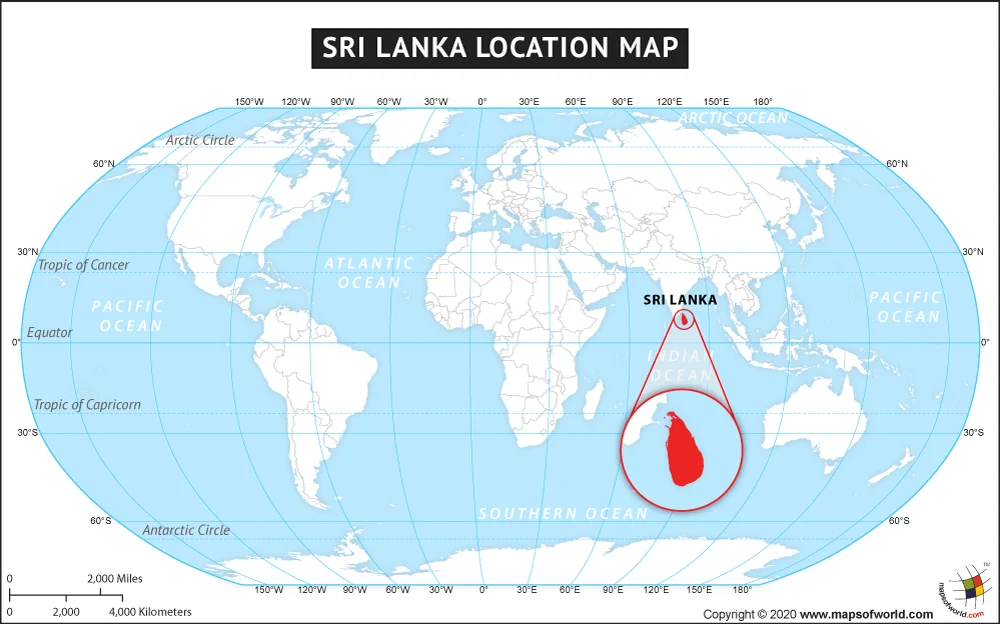
Sri Lanka, previously referred to as Ceylon and formally recognized as the Democratic Socialist Republic of Sri Lanka. Is a South Asian Island nation situated in the Indian Ocean. It is positioned to the southwest of the Bay of Bengal. With the Gulf of Mannar and the Palk Strait, separating it from the Indian subcontinent. To its south-west, Sri Lanka has a maritime boundary with the Maldives. To its north-west, it shares a maritime boundary with India.
Places you should visit in Sri Lanka
Colombo
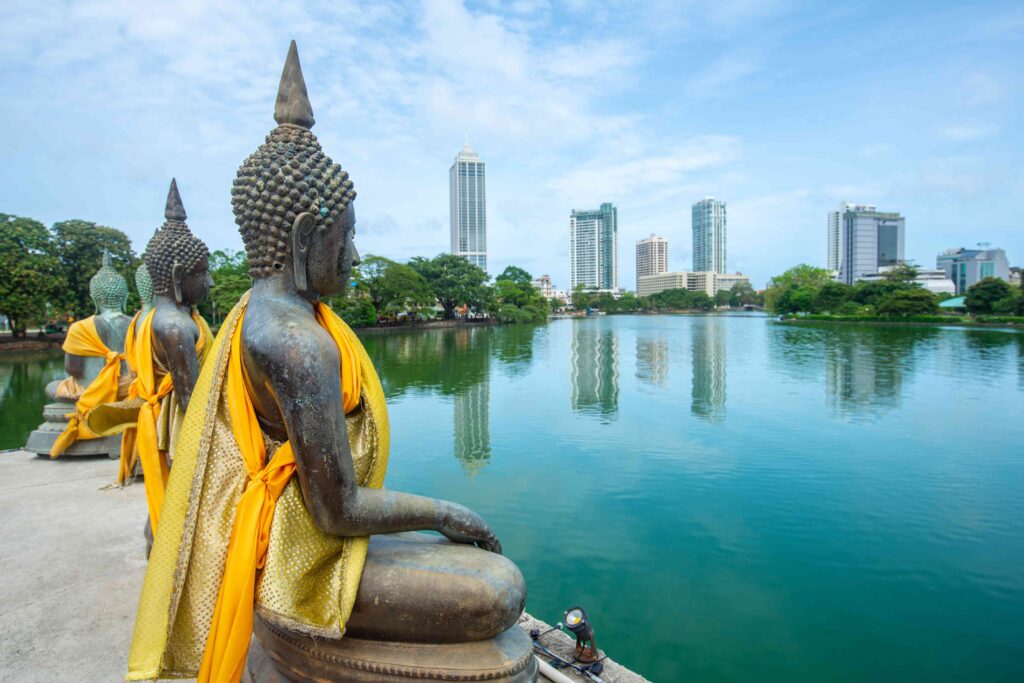
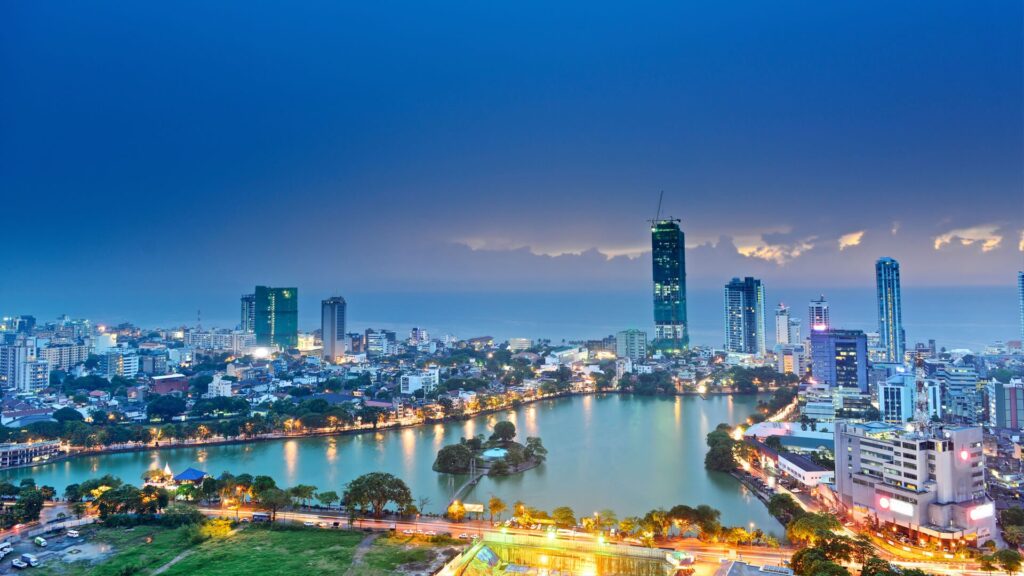

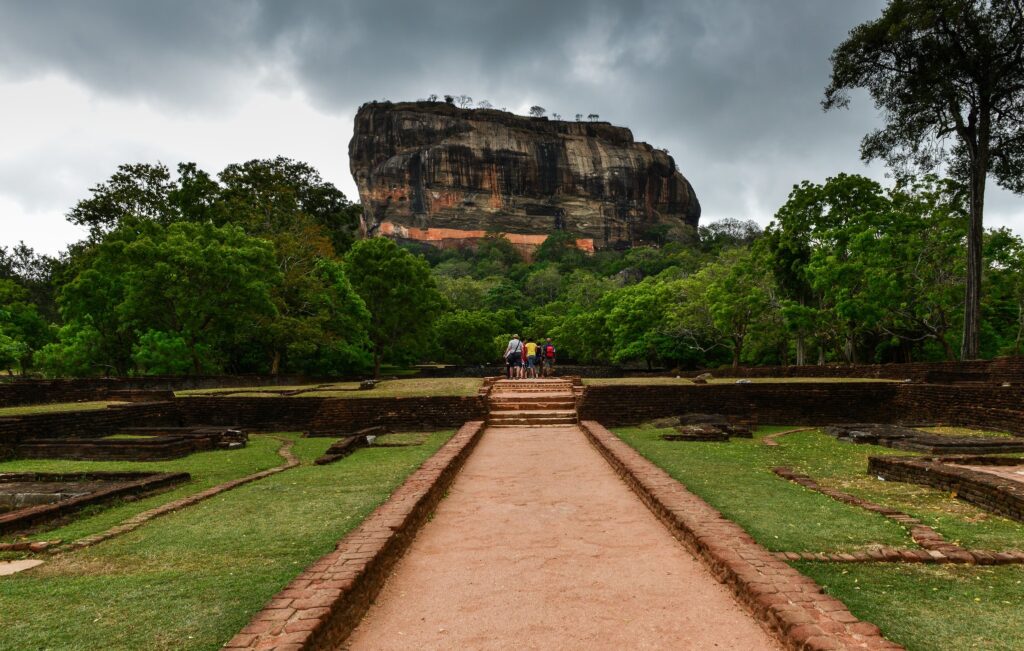
Colombo serves as both the administrative and judicial capital of Sri Lanka and stands as the nation’s most populous city. The city’s geography is a captivating blend of both land and water. It is renowned for its wealth of temples, predominantly of the Buddhist faith, known for their tranquil and serene ambiance.
Sri Lanka’s Exquisite UNESCO World Heritage Sites
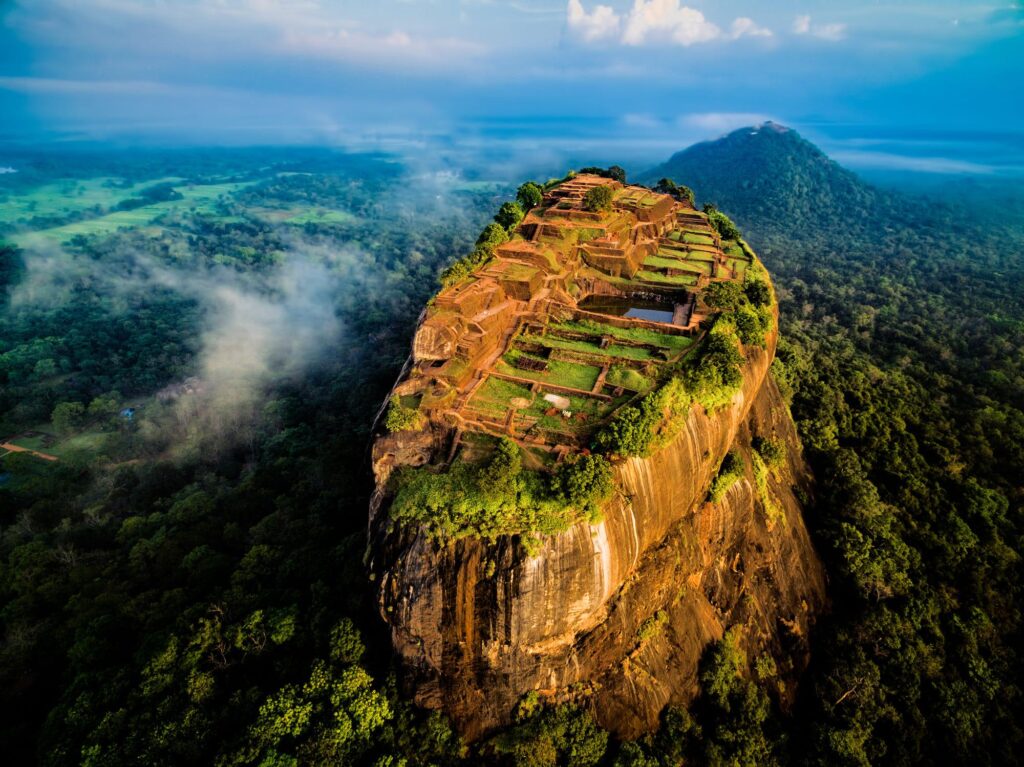
Ancient City of Sigiriya
The rocky formation of Sigiriya cradles the ancient ruins of King Kassapa’s 5th-century AD palace. Accessible via a series of stairs constructed along the mountainside. Its summit reveals the iconic Lion Rock, along with the vestiges of the palace and fortress.
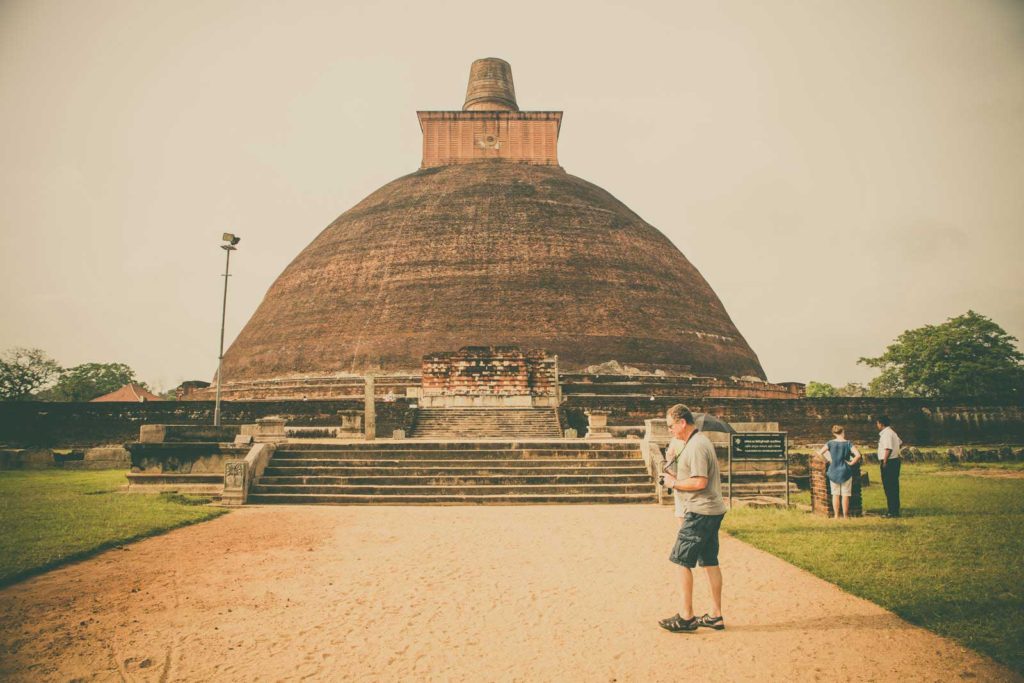 Sacred City of Anuradhapura
Sacred City of Anuradhapura
Anuradhapura, the initial historical capital of Sri Lanka, retains its status as a hallowed Buddhist religious hub. Located approximately 200 kilometers (124 miles) to the north of Colombo, this city draws devout Buddhists and pilgrims throughout the year. To explore the impeccably preserved temple ruins lining the banks of the Malwathu Oya River.
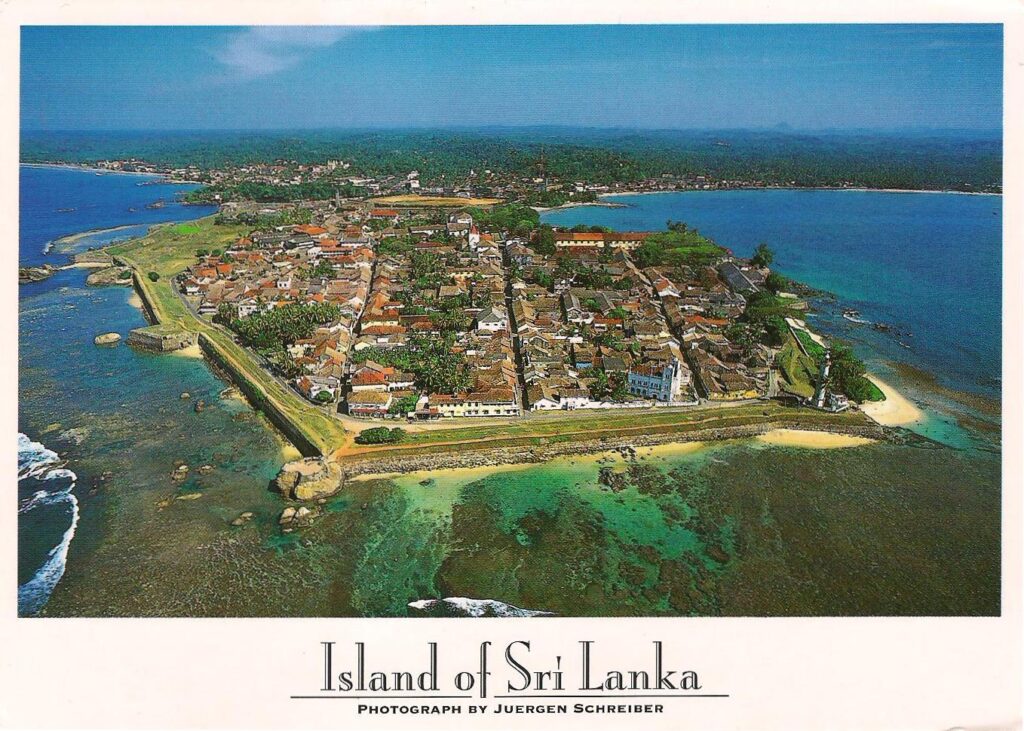 Old Town of Galle and its fortifications
Old Town of Galle and its fortifications
Galle, a fortified town established by the Dutch in the 16th century. Is situated about 130 kilometers (81 miles) to the south of Colombo. The town’s historical structures and churches are enclosed by substantial stone ramparts. They were originally constructed to safeguard the valuable cargo stored there during the Dutch East India Company’s influence in the 17th and 18th centuries.
 Ancient City of Polonnaruwa
Ancient City of Polonnaruwa
Polonnaruwa, forming one corner of Sri Lanka’s renowned Cultural Triangle. Alongside Anuradhapura and Sigiriya, took on the role of the country’s capital.
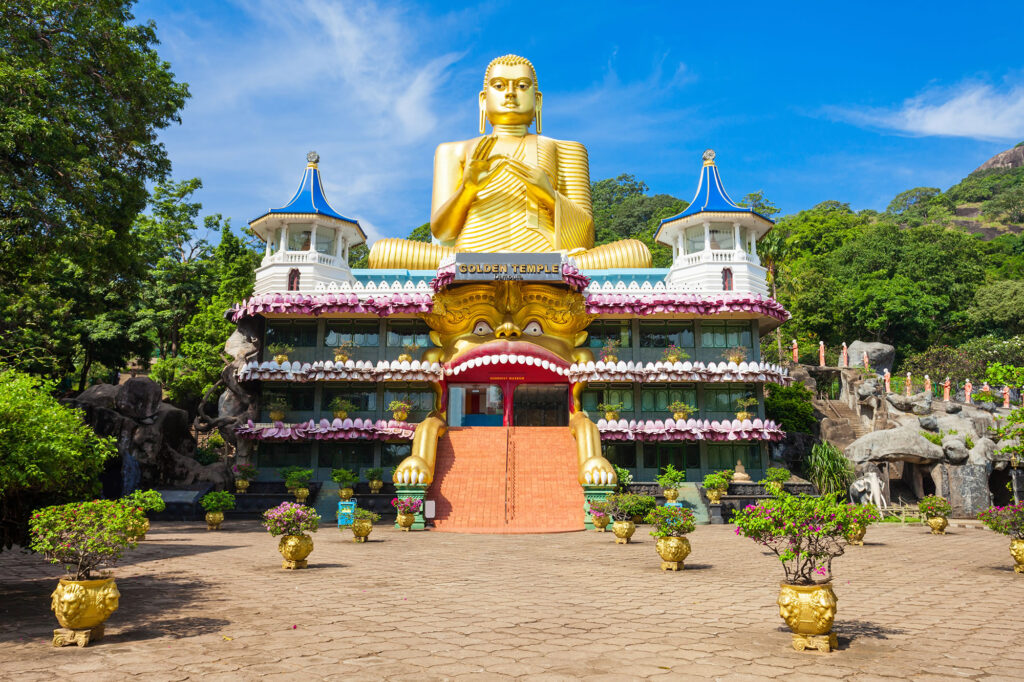
Dambulla Cave Temple
The Golden Dambulla Cave Temple has been a revered pilgrimage site for over 2,200 years and stands as the largest and most well-preserved cave temple on the island.
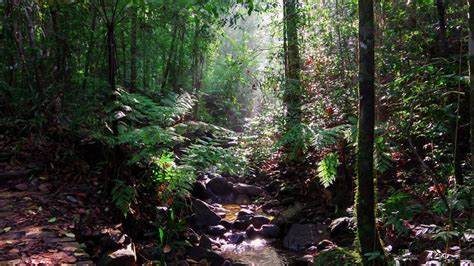 Sinharaja Forest Reserve
Sinharaja Forest Reserve
Established as a UNESCO World Heritage Site in 1988. The Sinharaja Forest is one of Sri Lanka’s two natural World Heritage Sites. As the last surviving primary rainforest in the country, this reserve is a sanctuary for endemic flora and fauna. Including numerous rare amphibian species.

Central Highlands of Sri Lanka
The Knuckles Conservation Forest, and the Peak Wilderness Protected Area, the Central Highlands of Sri Lanka, rising to over 2,000 meters (6,562 feet) above sea level, achieved its UNESCO World Heritage status in 2010. These highlands offer a plethora of hiking trails within a biodiverse sanctuary.
Some of Sri Lanka’s traditional food
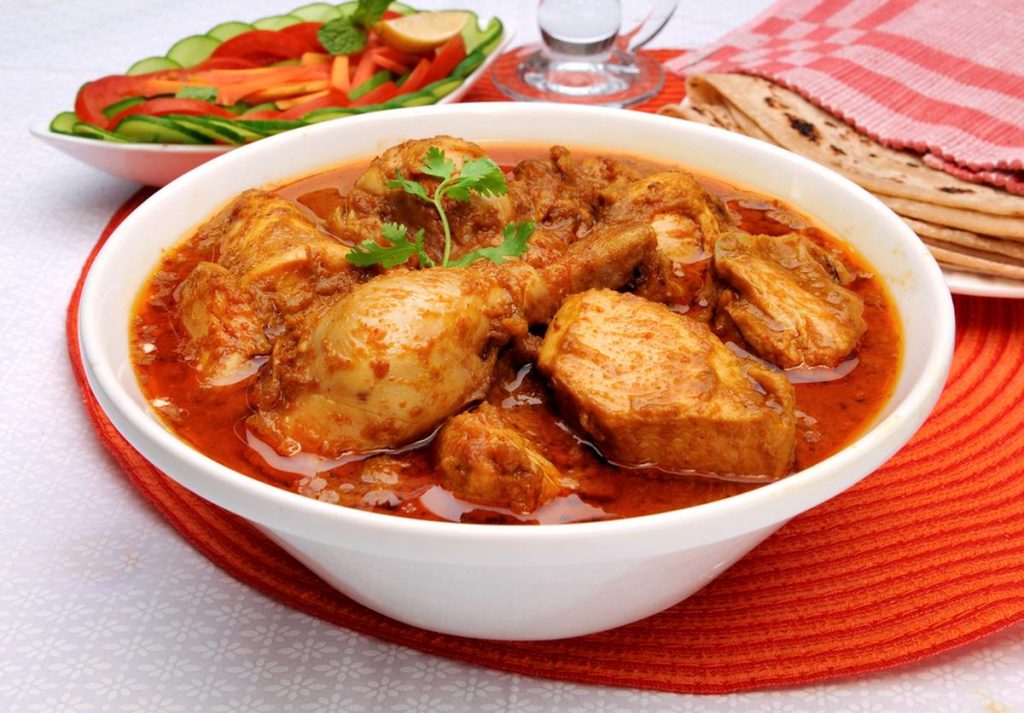 Kukul Mas Curry (Chicken Curry)
Kukul Mas Curry (Chicken Curry)
Kukul Maas Curry is a classic dish originating from the Sinhalese culinary tradition of Sri Lanka. It features tender chicken pieces simmered with whole spices and creamy coconut milk for a delightful taste experience.

Achcharu
Achcharu in Sri Lanka, is an immensely popular dish, especially during the April New Year season and special occasions. It’s characterized by a mixture of sweet, hot, and sour flavors. However, each restaurant or family will serve their own take on this dish. According to personal preference or a traditional recipe passed down through the family.
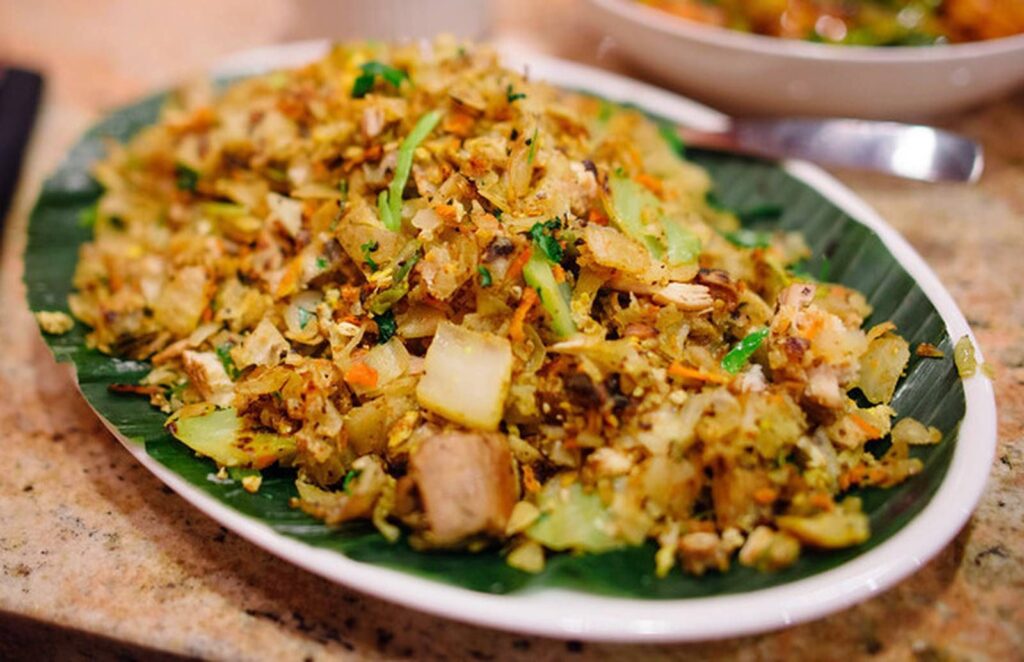
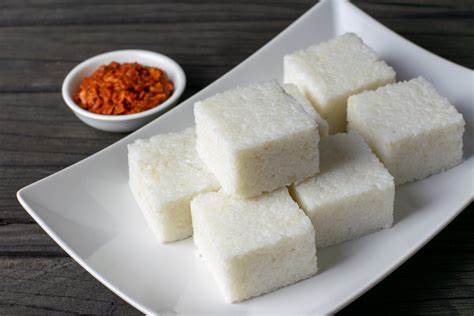
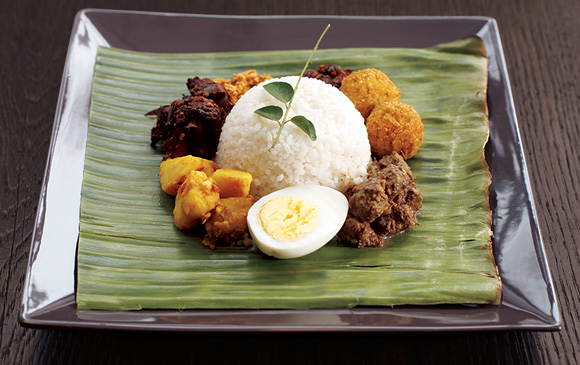
Traditional Costumes of Sri Lanka

Sarong for men: The traditions in men’s attire are more straightforward and well-defined. With men of all ages commonly donning sarongs or trousers.
Sari for women: Women’s attire in Sri Lanka varies significantly based on age. Young girls typically don skirts and blouses, often with skirts resembling a simplified sari style. As girls enter puberty and young adulthood, they commonly opt for half saris. In addition to this, these garments feature a sari-like lower half. While the upper part consists of a draped scarf or fabric piece over the shoulder, tucked into the skirt. Furthermore, the upper attire can also include jackets or blouses. However, in contrast, married and older women consistently prefer the traditional sari.
Traditional Attire and Festivals in Sri Lanka
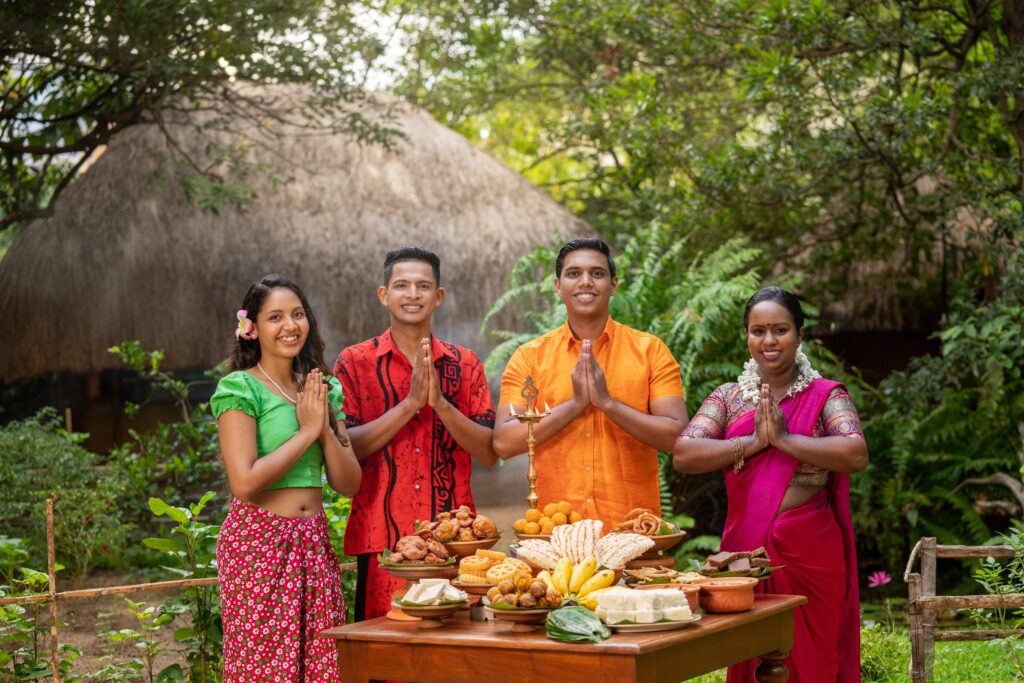 Sinhala and Tamil New Year
Sinhala and Tamil New Year
The Sinhala and Tamil New Year, observed in Sri Lanka every April, is a time-honored tradition. With deep historical roots spanning centuries. Moreover, this festive occasion signifies the commencement of the solar calendar. It holds significant cultural importance for both the Sinhalese and Tamil communities.
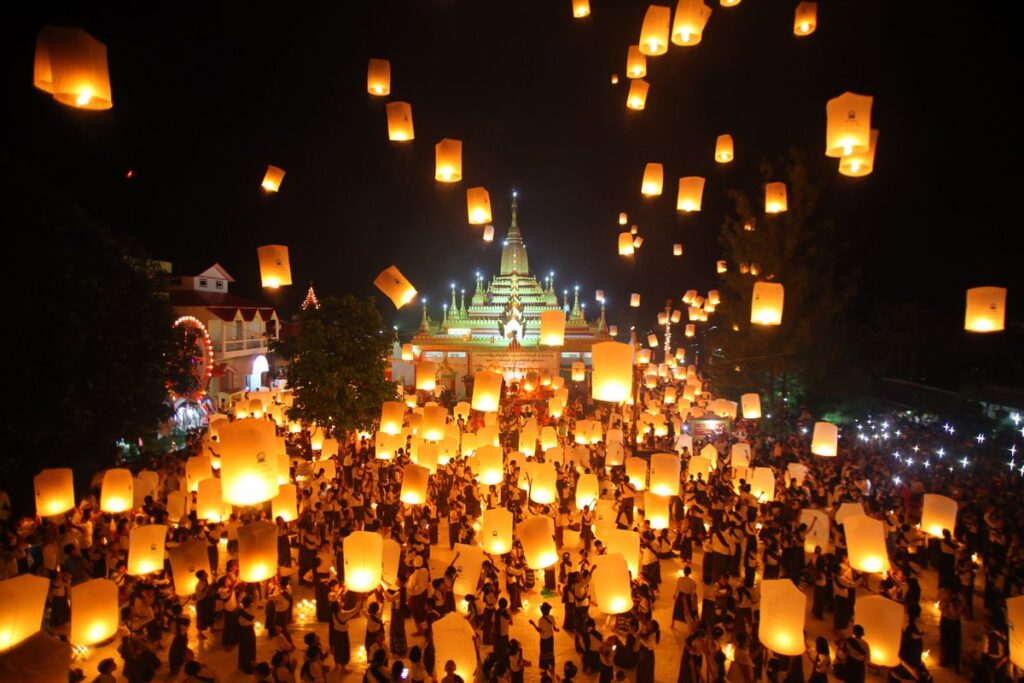
Vesak
Vesak, also known as Buddha Jayanti, Buddha Purnima is a significant holiday. Deep-rooted traditions among Buddhists in South Asia, Southeast Asia, Tibet, and Mongolia. It stands as the foremost festival in Buddhism. Commemorating the birth, enlightenment, and passing of Gautama Buddha in Theravada, Tibetan Buddhism, and Navayana traditions.
Traditional dances
Sri Lanka’s traditional dance has a rich history dating as far back as the 4th century BC. This captivating art form served dual purposes: to entertain royalty and to offer reverence to the divine.
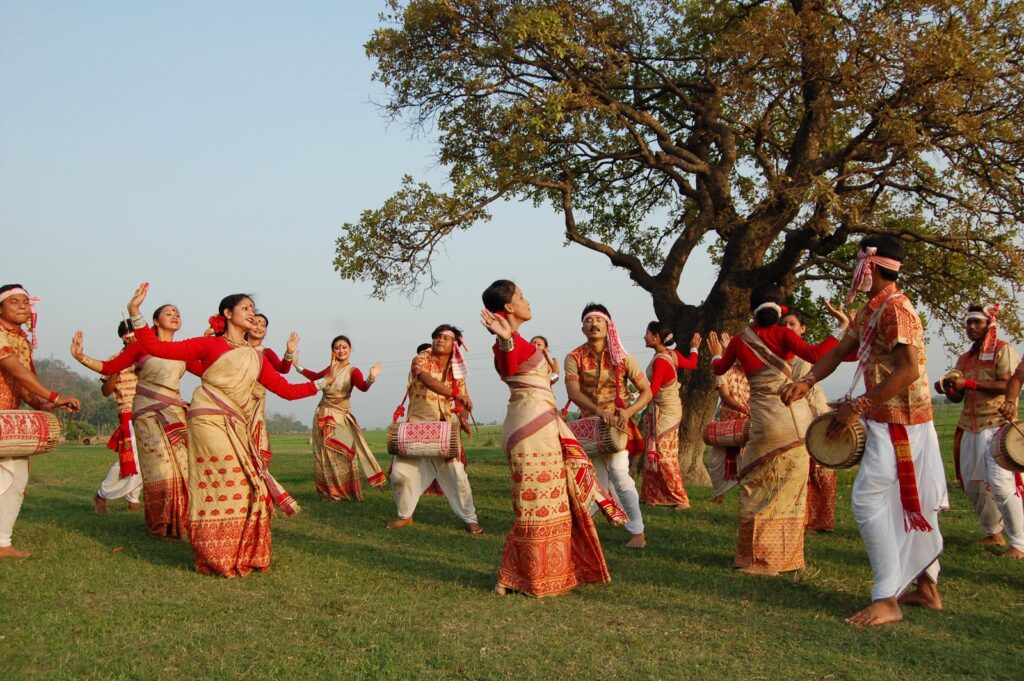
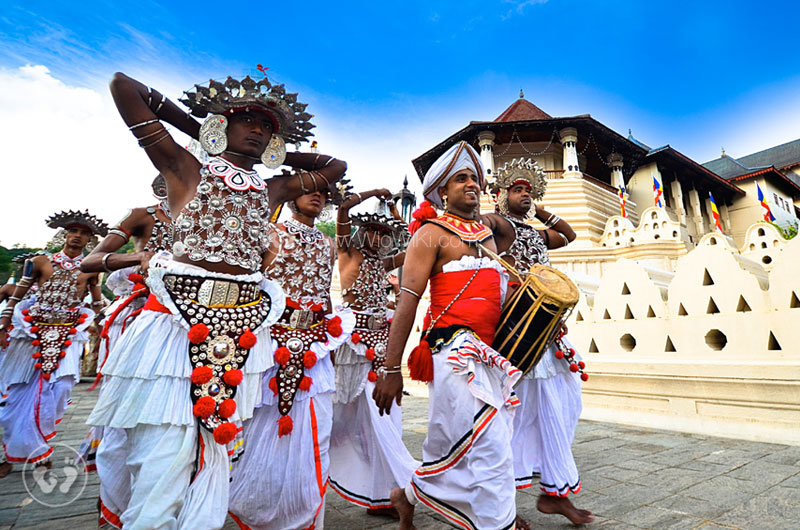
Sculpture
Sculpture, deeply influenced by Buddhism, holds a significant place in Sri Lanka’s traditional arts. The ancient ruins of the country are adorned with numerous sculptures and paintings, portraying themes and motifs central to Buddhism.

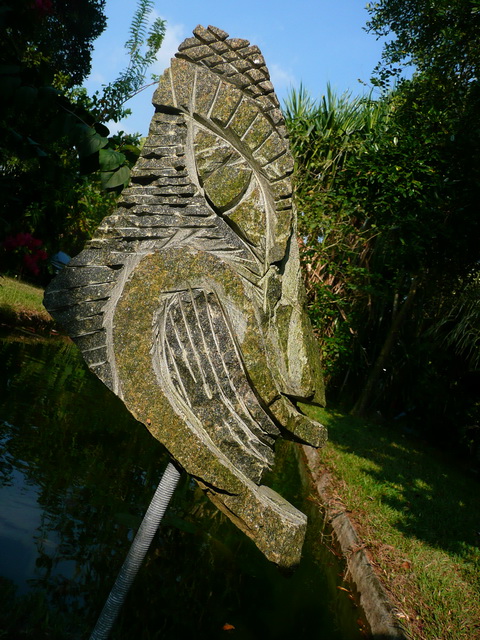
Mask crafting
Mask crafting is a time-honored traditional practice that has been transmitted through successive generations. These masks play an integral role in a variety of ceremonies and performances, encompassing exorcisms, curative rituals, and folk dramas.
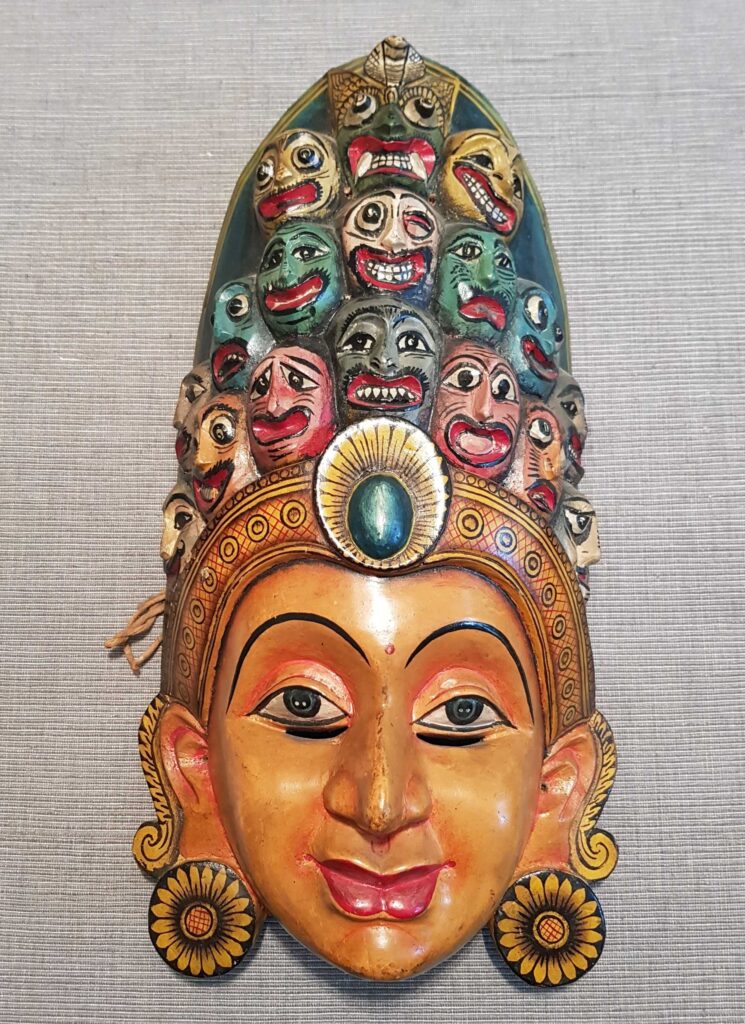
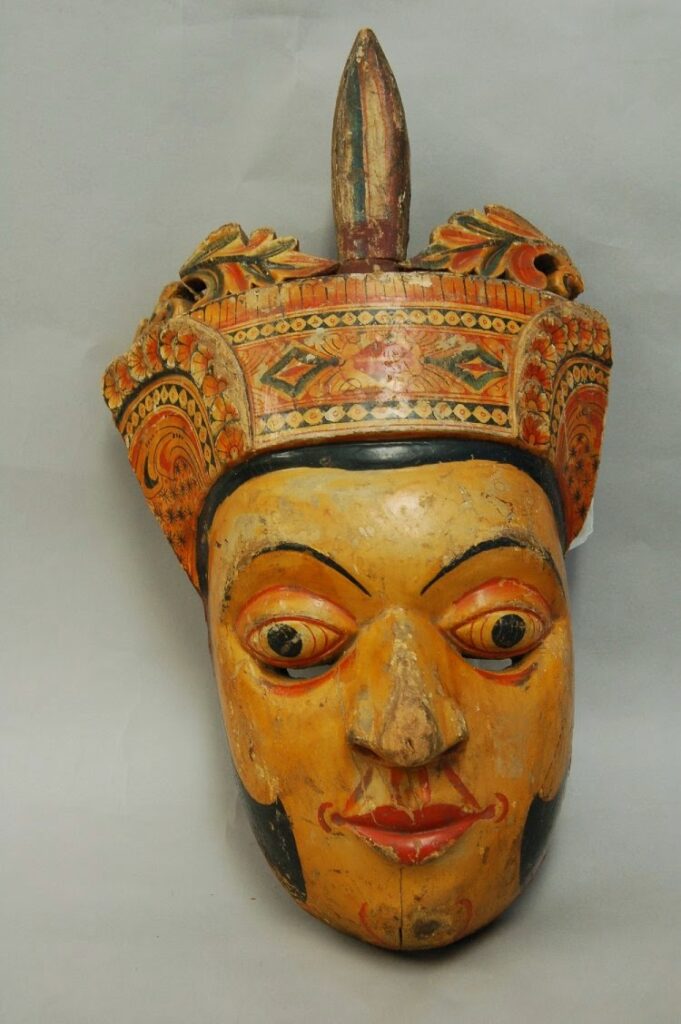
Fun facts about Sri Lanka:
Sri Lanka has three official languages. These languages are Sinhala, Tamil, and English. Sinhala and Tamil are widely spoken by the Sinhalese and Tamil communities, respectively, and English is used for official and administrative purposes.
All Service-Learning Articles by Month
- November 2023 (11)
- October 2023 (9)
- September 2023 (5)
